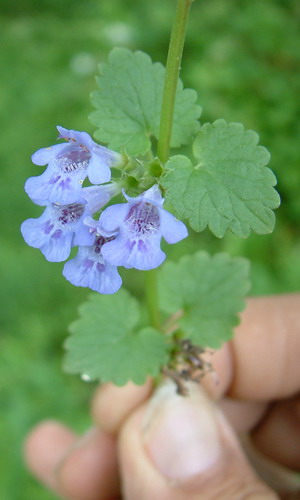
Description: perennial small herbaceous plant from the mint family. It spreads along the ground with a tetrahedral stem and often takes root at the nodes. On creeping shoots, leaves are oppositely rounded heart-shaped or kidney-shaped with serrated edges. The flower-bearing shoots of the plant rise up and carry false whorls of purple or light purple flowers in the leaf axils, with dark spots located on the lower lip. The stem and flowers of the budra have an unpleasant strong odor when rubbed. Blooms from March to June.
- Origin: Europe.
- Watering: plentiful with moisture in summer, 1 time per week in winter.
- Flowering: March to June.
- Content temperature: winter +10 +12°С, summer +18 +25°С.
- Transplantation: 1 time in 2 years.
- Pests: spider mites.
Budra Care
The plant is unpretentious, which means that the boudra requires care, which will not take a lot of effort. The plant should be planted in a shallow hanging flowerpot or plate, as the root system develops along the surface, into a soil mixture consisting of coarse river sand, humus, leaf and sod land in a ratio of 0.5: 1: 1: 1.
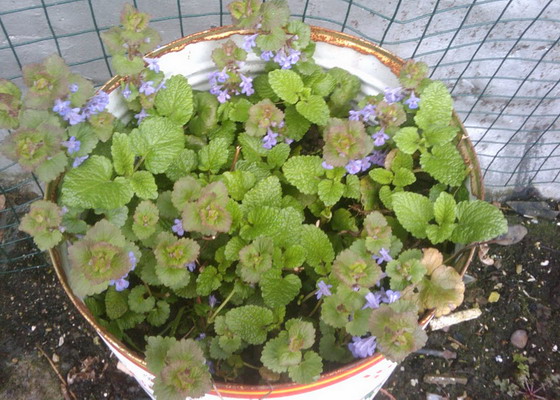
Photo of budra (catnip) before planting
Location in summer – bright, diffused light, partial shade. In winter – a well-lit place, away from direct sun. The optimum temperature in summer is +18 +25°С, in winter +10 +12°С. In the period spring – autumn, the budra requires abundant watering with moisture, and in winter it is enough to water once a week.

During the growth period from April to September, it needs to be fertilized with fertilizers for ornamental plants once every 2-4 weeks, and from October to February, once every 6-8 weeks.
Propagated in spring by cuttings: it is necessary to cut off a part of the stem from the mother plant with 2-3 leaves and place it in wet sand or a container of water for rooting. Roots will appear in 5-8 days.
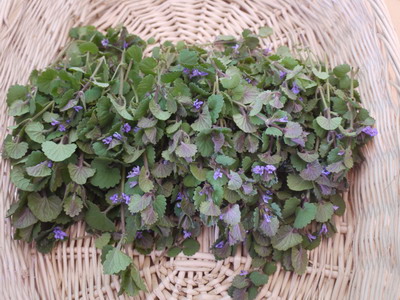
It is necessary to transplant the plant in the spring 1 time in 2 years into a soil mixture of sand, humus, leaf and sod land in a ratio of 1:2:2:4. When transplanting, the bud should be cut, removing creeping shoots.
Possible diseases are root rot, yellowing and death of leaves. When signs appear, it is necessary to water with a suspension of foundationazole.
Common Budra (Glechoma hederacea)
Common Budra is a herbaceous plant from 20 to 40 cm high with creeping stems and flowering, ascending branches. The leaves are opposite, petiolate, the upper ones are reniform-heart-shaped, the lower ones are reniform-rounded. Two-lipped small flowers bluish-purple or purple, rarely reddish or white, collected in the axils of the leaves, 2-3 bunches in the upper part of the stem. It blooms in May – June and has a mint smell.
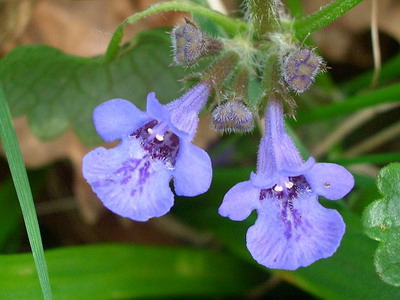
Ivy Budra (Glechoma hederacea L)
Ivy Budra is a herbaceous perennial plant with a recumbent branched stem and ascending flower-bearing branches 15-60 cm long. Leaves are petiolate, heart-shaped or reniform. Flowers are light purple or blue, collected in whorls. Nectar, blooms in May-June.
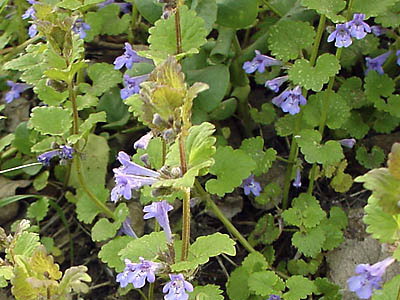
Ivy budra (Glechoma hederacea ‘Variegata’)
Budra ivy – a plant with a pleasant smell, forms dense low mats 5-20 cm tall. Stems 20-50 cm long, slightly ascending or creeping with numerous shoots rooted at the nodes. Leaves are rounded kidney-shaped or kidney-shaped, on short petioles, up to 3 cm long. The flowers are bluish-purple, 3-4 pieces are located in the axils of the upper and middle stem leaves. Blooms in May-June.
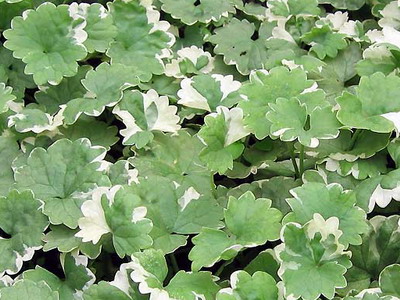
Variegated Budra (Glechoma hirsuta W. et. K)
Budra variegated – has a pleasant smell, forms low carpets up to 15 cm high. Creeping stems rooted at the nodes up to 40 cm long with numerous shoots. The leaves are reniform, crenate along the edge, up to 3 cm long. Blooms in May-June.
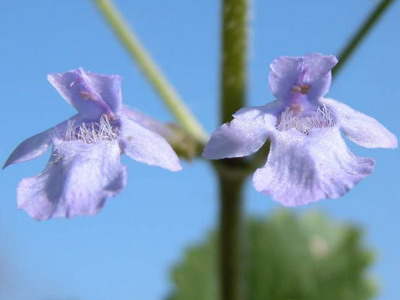
Where is catnip used?
Catnip has been used in areas such as medicine, traditional medicine, cooking and even magic. Parts Used: Flowers, leaves and stems.
Medicine – has an effect when used internally: anti-inflammatory, expectorant, diaphoretic, antipyretic, hemostatic, analgesic, sedative and tonic. And also, it increases appetite, eliminates convulsions, increases the amplitude of heart contractions, improves the functions of the intestines, stomach and digestion. In external use, it is used in the treatment of boils, skin inflammations, tumors and as an antibiotic.
Traditional medicine – in the form of tinctures and decoctions for various ailments.
Cooking – in the preparation of cheeses, as spices and additives to sauces and a variety of dishes. In some countries for flavoring salads.
Magic – for a variety of rites and rituals.







